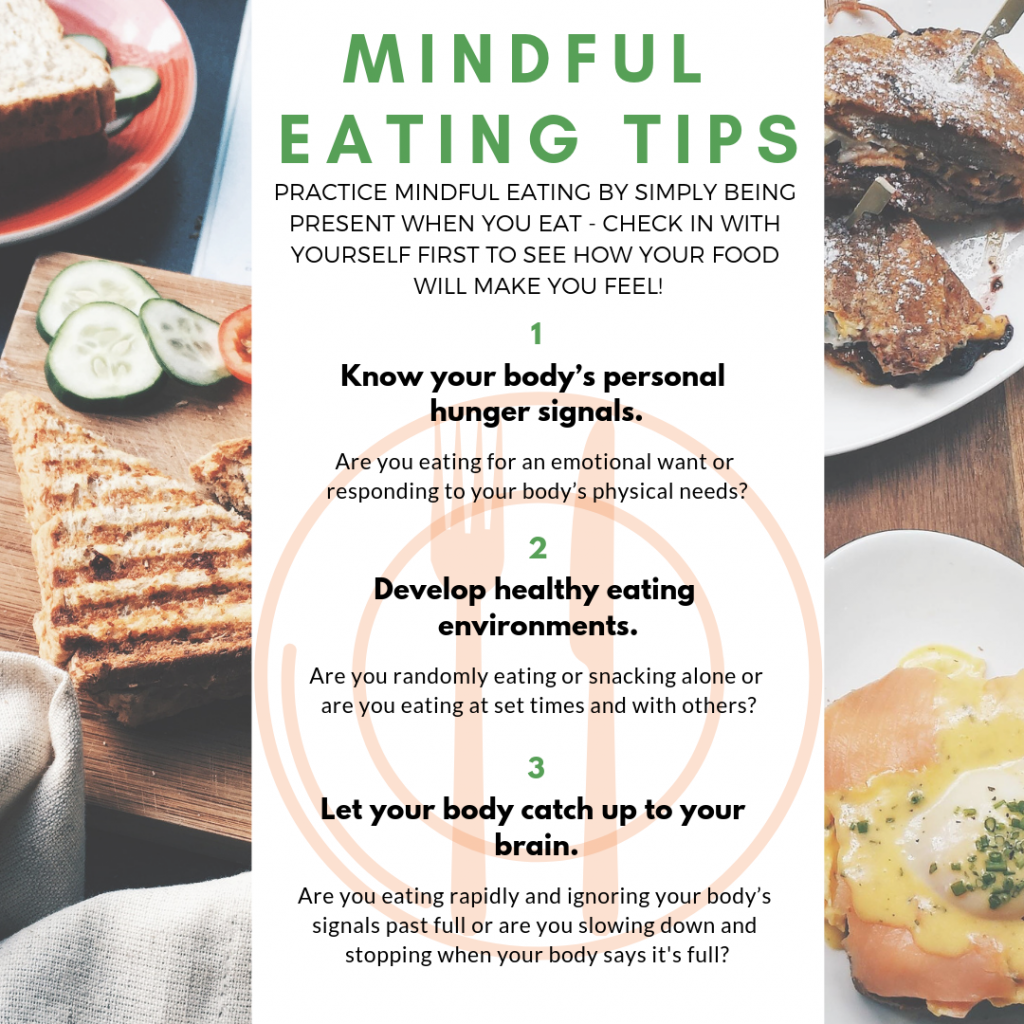
Breathe In, Thrive Out: The Power of Breathwork

Breathe In, Thrive Out: The Power of Breathwork
Breathwork is a transformative practice that goes beyond the simple act of inhaling and exhaling. Explore the profound impact of intentional breathing on physical, mental, and emotional well-being, and discover how incorporating breathwork into your routine can lead to a more balanced and thriving life.
The Essence of Breathwork
At its core, breathwork involves conscious and intentional control of the breath. While breathing is an automatic bodily function, bringing awareness to the breath and practicing specific breathing techniques can unlock a myriad of benefits for holistic well-being.
Unlocking Physical Vitality
The breath is a direct link to our physical vitality. Deep and intentional breathing improves oxygen flow, enhancing overall respiratory function and increasing the efficiency of oxygen utilization in the body. This, in turn, supports cellular health, boosts energy levels, and promotes physical resilience.
Calming the Mind through Breath
Breathwork serves as a powerful tool for calming the mind. Mindful breathing techniques, such as diaphragmatic breathing or box breathing, activate the parasympathetic nervous system, triggering the body’s relaxation response. This can help alleviate stress, reduce anxiety, and improve mental clarity.
Emotional Release and Regulation
Emotions are closely tied to the breath, and


